
In mid-July, walking along the Red River through the villages of Co Phuc, Thanh Thinh, and Bao Dap, everywhere you see green mulberry fields.
Ms. Nguyen Thi Phuong's family in Bao Dap village grows 18 sao of mulberry ( 6,480m2 ) to get leaves to raise silkworms. Previously, her family raised silkworms using the old method, which took a lot of time and had low yields. Since 2021, Ms. Phuong has applied science and technology to intensively cultivate mulberry trees and raise silkworms on sliding trays, using square wooden baskets to help reduce labor, reduce the number of double cocoons and sell at high prices.
Ms. Phuong shared: In the past, we raised silkworms mainly on the floor, which took up a lot of space, labor, and silkworms were susceptible to disease. Each year, we only earned about 60 - 70 million VND. Currently, applying sliding trays helps the family reduce labor, silkworms are less susceptible to disease, cocoon productivity is high, and silkworm rings have increased. A batch of silkworms used to only raise about 70 kg, but now it has increased to 140 kg; income has doubled, reaching about 150 million VND.

Like Ms. Phuong's family, with an area of 7 sao (2,520 m2 ) of riverside land, Mr. Nguyen Duc Minh's family, Thanh Thinh village, invested in planting new mulberry varieties and hybrid mulberry to get leaves to feed silkworms.
Mr. Minh said: I have been involved in the silkworm farming business for 10 years. Previously, my family only grew rice and corn, which was not very profitable . Since growing silkworms and raising silkworms, my income has increased significantly, and my family's economy has developed steadily, with an average annual income of nearly 100 million VND.
According to the locals, raising silkworms in the old way requires people to go through the stages from incubating the eggs until the silkworms grow and collect the cocoons within 21 days. With this method of raising, every 1-2 hours, they have to clean up, change the silkworms to another tray; every 3 hours, they have to feed the silkworms. Just picking mulberry leaves alone takes nearly 2-3 hours of labor to feed the silkworms. All the stages are hard and busy, making the silkworm farming profession unpromising.

However, all difficulties were resolved when the Center for Agricultural Development Services and Support of Tran Yen District (old) implemented a project to apply comprehensive technical measures for growing mulberry and raising silkworms in the area (2021). The Center instructed people to use IMO organic microbial fertilizer to fertilize mulberry trees, helping mulberry leaves grow large and thick, reduce pests and diseases and improve the soil.
Along with that, apply 2-stage silkworm rearing and large silkworm rearing on sliding trays. This model saves 30% of the area for silkworm house, reduces the cost of silkworm care and rearing, adjusts the microclimate in the silkworm house, such as limiting the humid condition in spring, and watering the silkworm house floor when the weather is hot.

In fact, since applying science and technology to the 2-phase silkworm farming model (concentrated silkworm farming and large silkworm farming), economic efficiency has been higher.
According to Ms. Nguyen Thi Hong Le, Thanh Thinh village, before, when there were no silkworm farms, raising silkworms in both stages (raising silkworms from eggs to collecting cocoons) caused many households to lose money. Since applying the technique and having the secret to raising silkworms from age 1 to age 3, Ms. Le has supplied large silkworm farms from age 4, and the households only need to raise them for a few more weeks until the silkworms are mature and ready to hatch.
In particular, the use of disinfectants, heaters, and air conditioners to regulate temperature and humidity has helped increase the survival rate of silkworms. Each year, her family sells 400 silkworm rings to people in and outside the province, bringing in nearly 1 billion VND in revenue.

Mr. Do Minh Huan, Chairman of the People's Committee of Tran Yen commune, said: It is the locality with the largest mulberry area in the province with over 700 hectares, of which the newly planted area from the beginning of the year until now is over 57 hectares/45 hectares, equal to 127.6% of the plan; there are over 1,085 households growing mulberry and raising silkworms; 6 cooperatives, 79 cooperative groups with 617 members operating in the field of growing mulberry and raising silkworms. In the commune, there are 17 concentrated silkworm breeding facilities and 1,064 households with large silkworm breeding houses.
In the first 6 months of the year, silkworm farming households raised over 38,085 silkworm cocoons, with a cocoon yield of 647.4 tons (average yield of 17 kg cocoons/silkworm cocoon). The price of silkworm cocoons (white cocoons) ranges from 150,000 - 210,000 VND/kg of grade A cocoons, bringing in revenue of over 100 billion VND.
With the goal of improving the quality and efficiency of mulberry cultivation and silkworm rearing, Tran Yen commune is directing villages to focus on supporting farmers to expand raw material areas, apply scientific and technical advances in production to improve productivity, quality and output of mulberry leaves and silkworm cocoons. From here, mulberry cultivation and silkworm rearing will be most effective, bringing a prosperous life to the people.
Presented by: Huu Huynh
Source: https://baolaocai.vn/trien-vong-nghe-trong-dau-nuoi-tam-o-xa-tran-yen-post649656.html


![[Photo] Panorama of the Patriotic Emulation Congress of Nhan Dan Newspaper for the period 2025-2030](https://vphoto.vietnam.vn/thumb/1200x675/vietnam/resource/IMAGE/2025/11/04/1762252775462_ndo_br_dhthiduayeuncbaond-6125-jpg.webp)


![[Photo] Opening of the 14th Conference of the 13th Party Central Committee](https://vphoto.vietnam.vn/thumb/1200x675/vietnam/resource/IMAGE/2025/11/05/1762310995216_a5-bnd-5742-5255-jpg.webp)
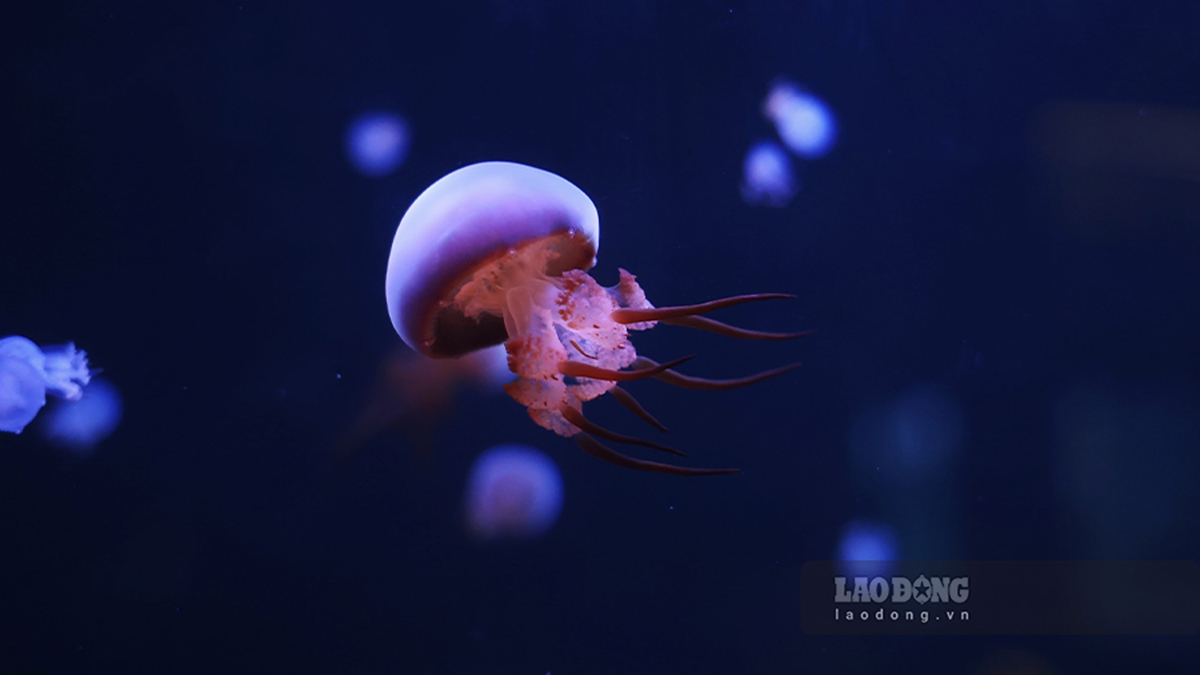

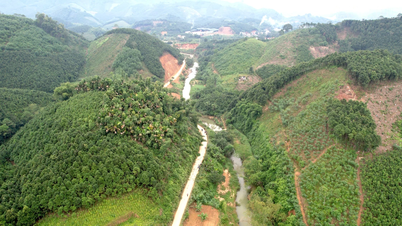


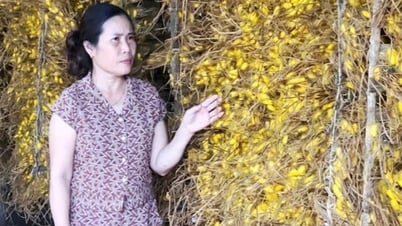


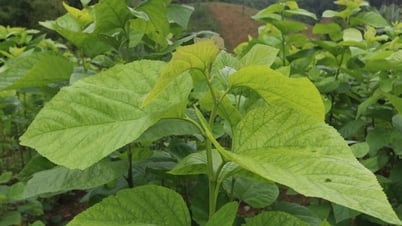
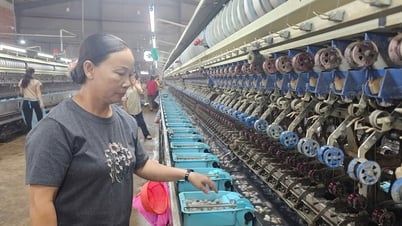







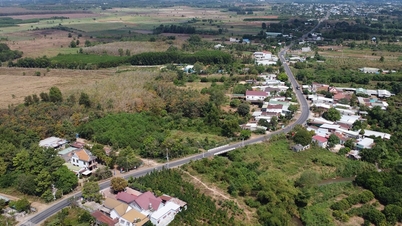









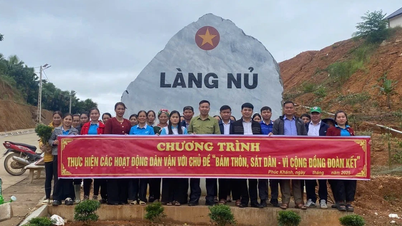

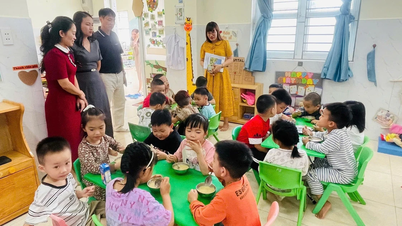

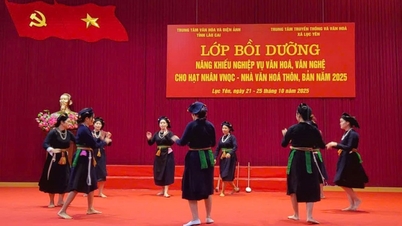



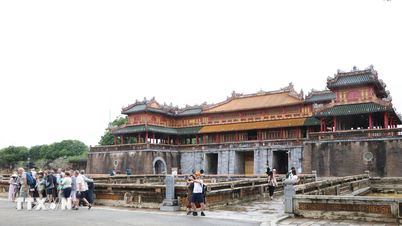

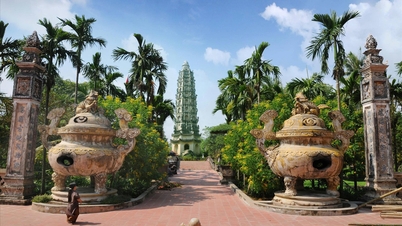






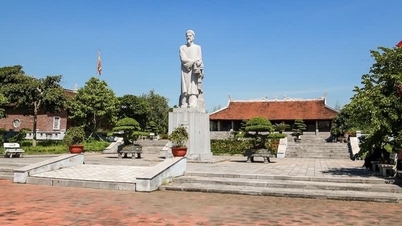




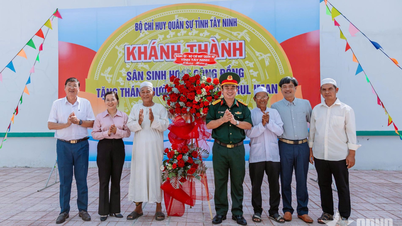


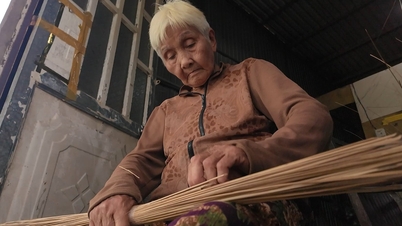



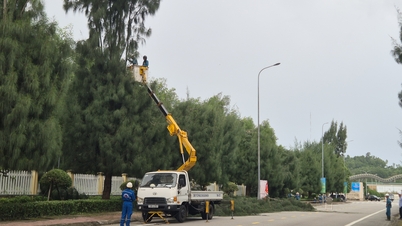
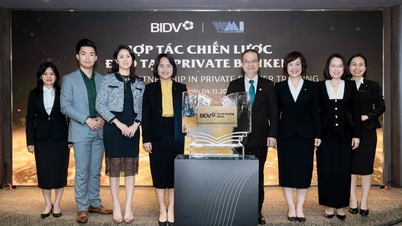















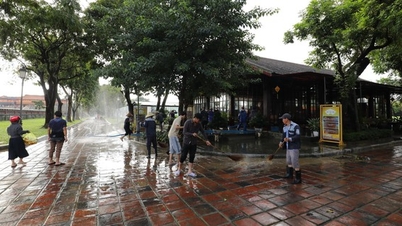


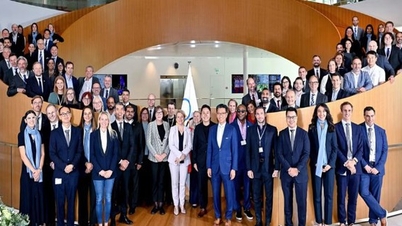


























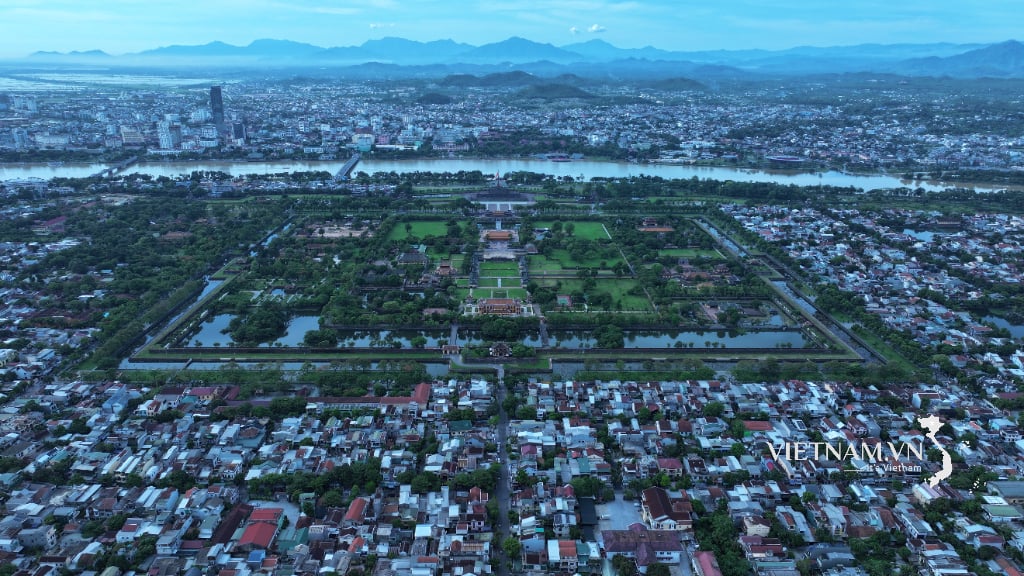

Comment (0)